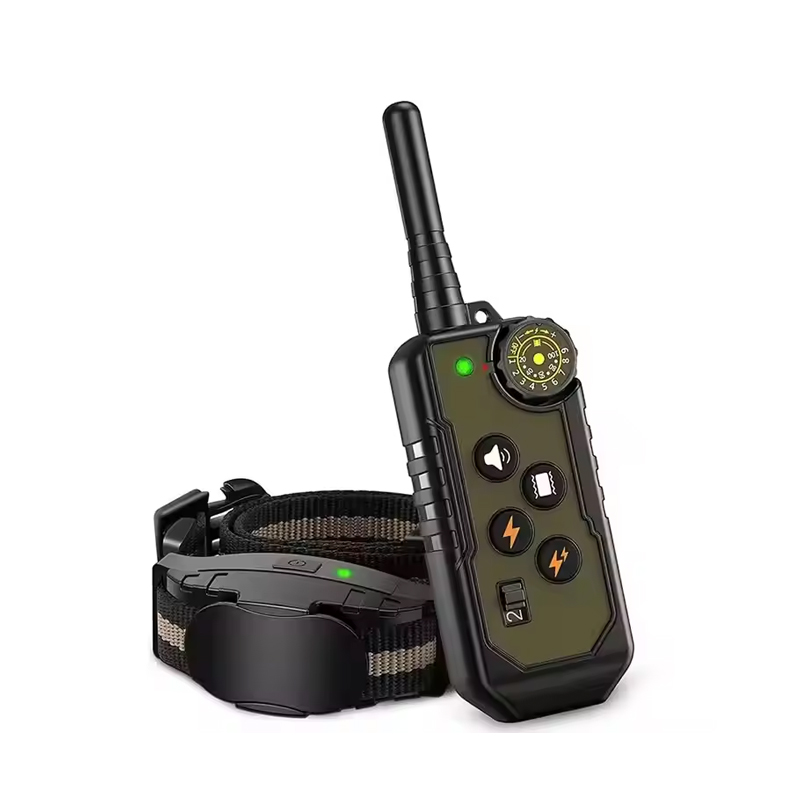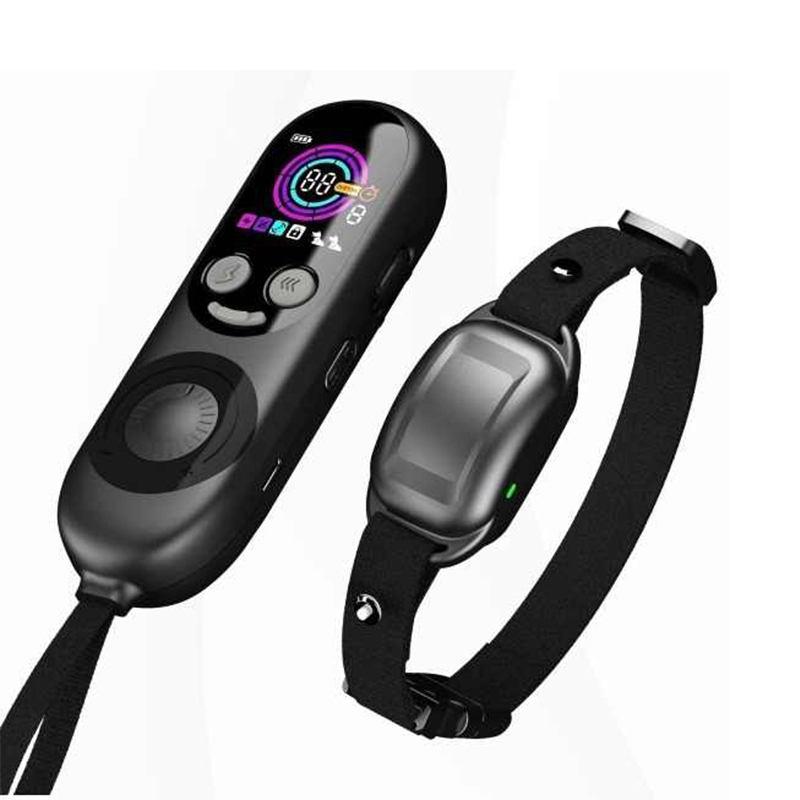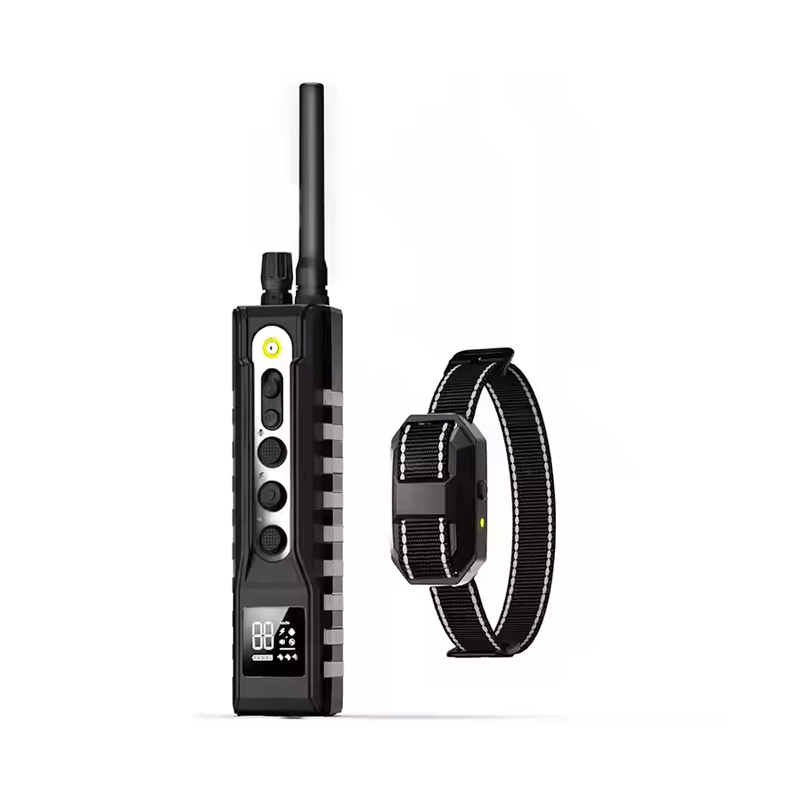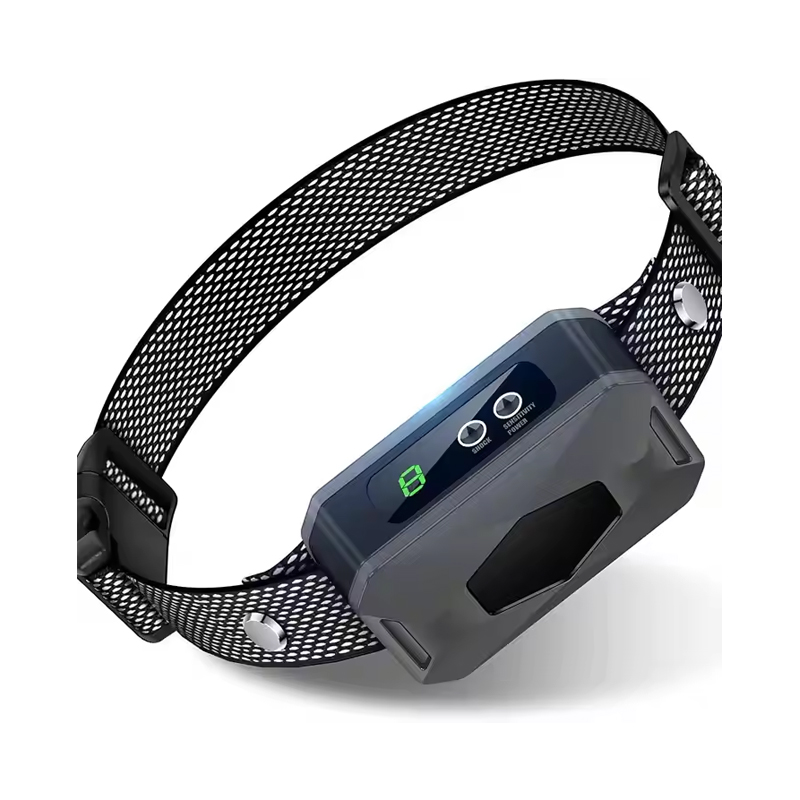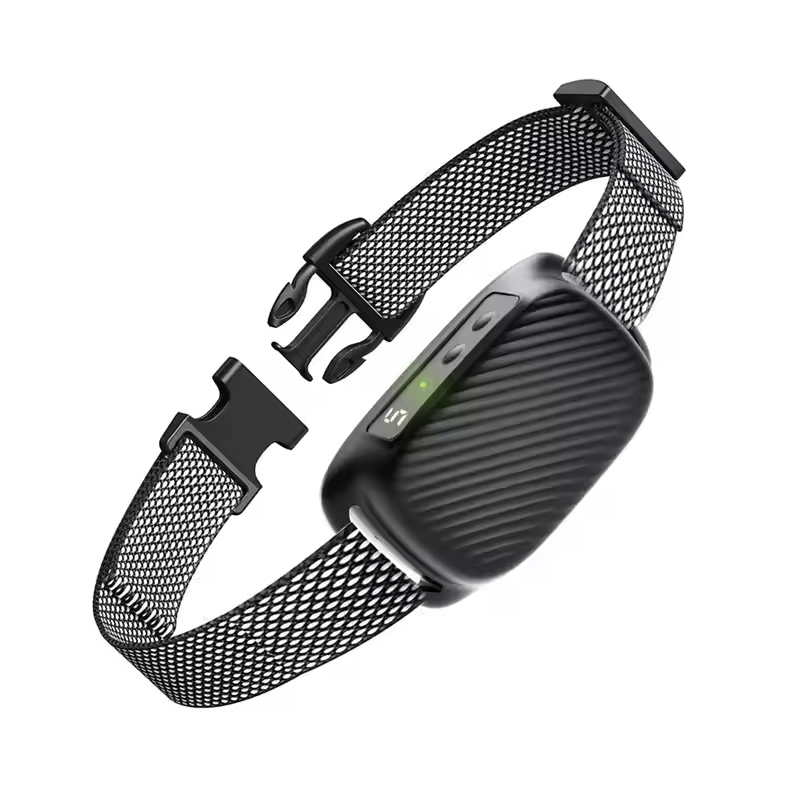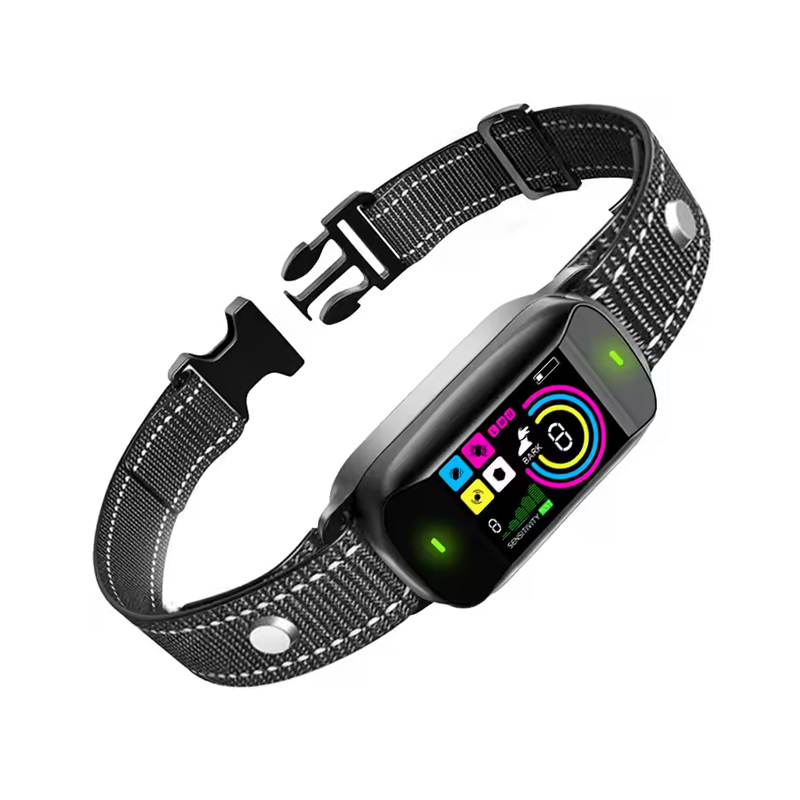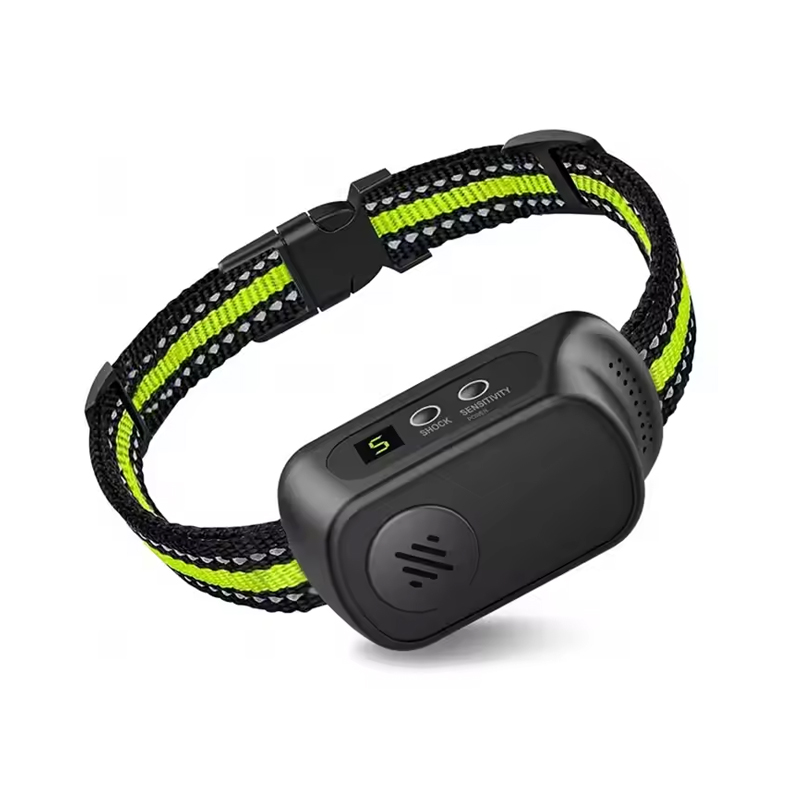- Type:
- Industry News
- Date:
- 2025-04-10
Materials Used in Chew Proof Pet Beds and How They Work
Pet owners know all too well the frustration of investing in a comfortable pet bed, only to watch their beloved furry companion chew it to pieces within days. Whether it's out of boredom, anxiety, or teething habits, some dogs and even cats just love to chew. This challenge has led to the growing popularity of chew proof pet beds, designed to withstand even persistent biters. But what exactly makes a pet bed "chew proof"? The answer lies in the materials used and the way they're engineered.
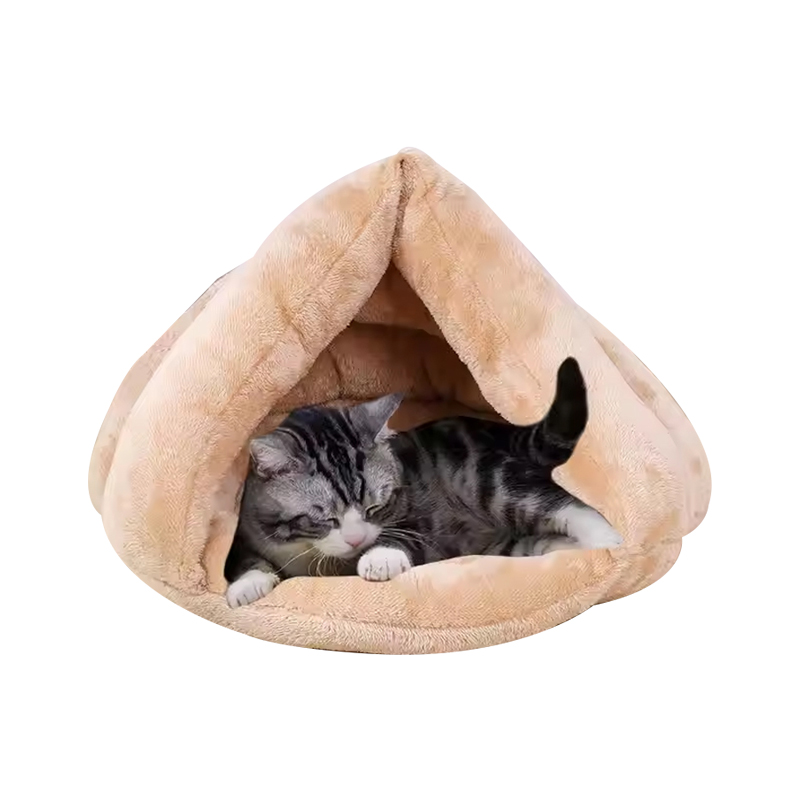
Chew proof pet beds are crafted with durability in mind, using high-performance materials that resist tearing, fraying, and puncturing. These beds often feature ripstop fabrics, ballistic nylon, heavy-duty canvas, and reinforced stitching—all designed to deter pets from chewing through them. Ripstop fabric, for example, is woven with thicker threads at regular intervals, creating a crosshatch pattern that stops small tears from spreading. This makes it an ideal outer material for chew proof pet beds.
Another common material in chew resistant pet bed design is ballistic nylon. Originally developed for military gear, ballistic nylon is thick, tightly woven, and abrasion-resistant. It's not only tough but also water-resistant, making it a smart choice for messy pets or those prone to accidents. While no fabric is completely indestructible, ballistic nylon significantly raises the bar in chew resistance.
Reinforced seams are also a key feature in the design of a chew resistant pet bed. Manufacturers often use double or even triple stitching to secure the fabric, reducing weak spots where chewing might begin. Hidden or internal zippers, as opposed to exposed ones, also help minimize the temptation for pets to gnaw.
Interestingly, some of durable chew proof pet beds also incorporate natural materials. An organic pet bed made from certified organic cotton or hemp may not sound as tough as synthetic fabrics, but these materials can be surprisingly strong when densely woven. Hemp, in particular, is known for its durability and resistance to wear. A tightly woven hemp cover can make an organic pet bed both eco-friendly and chew-resistant.
Beyond the fabric, the internal structure of chew proof pet beds matters too. High-density foam, for instance, holds its shape better and is less likely to crumble than traditional stuffing, which can become a target for curious chewers. Some chew resistant pet bed designs even incorporate orthopedic memory foam, offering extra support for older or injured pets while still being difficult to bite through.
It's also important to consider the finishing touches. Features like chew-resistant piping, elevated bed frames made of metal or wood, and tight closures contribute to a more durable design. These details prevent pets from accessing the edges or corners where chewing usually starts.
While chew proof pet beds are a functional solution, many manufacturers also recognize the demand for sustainability and comfort. This is where the organic pet bed comes in. Today's pet owners are increasingly concerned about the materials their pets sleep on, preferring beds free from synthetic chemicals or flame retardants. An organic pet bed offers a natural, chemical-free alternative—especially appealing for pets with allergies or sensitive skin.
That said, it is possible to find a bed that's both chew-resistant and eco-conscious. Several brands now combine the strength of hemp or organic cotton with rugged construction to produce beds that meet both needs. These hybrid solutions deliver the peace of mind that comes with owning a chew resistant pet bed without compromising on environmental values.
Even though chew proof pet beds are built to last, no bed is 100% indestructible. It's essential for pet owners to match the right bed to their pet's specific behavior and needs. For example, a light chewer may do well with an organic pet bed that includes basic reinforcements, while a more aggressive chewer might require a fully armored chew resistant pet bed made of ballistic nylon and reinforced with a solid frame.
The success of chew proof pet beds lies in the smart use of advanced materials and design features. From ripstop fabric and ballistic nylon to hemp and high-density foam, every element plays a role in creating a product that can stand up to chewing. As pet ownership continues to rise and pet parents demand more from their products, the evolution of the chew resistant pet bed and the organic pet bed will likely continue to offer innovative, sustainable, and reliable solutions for homes around the world.


